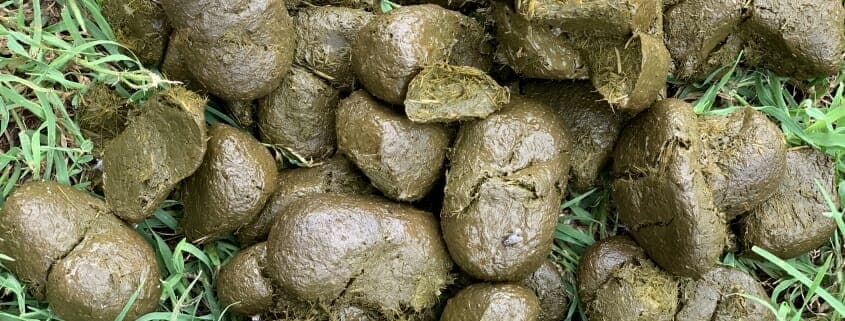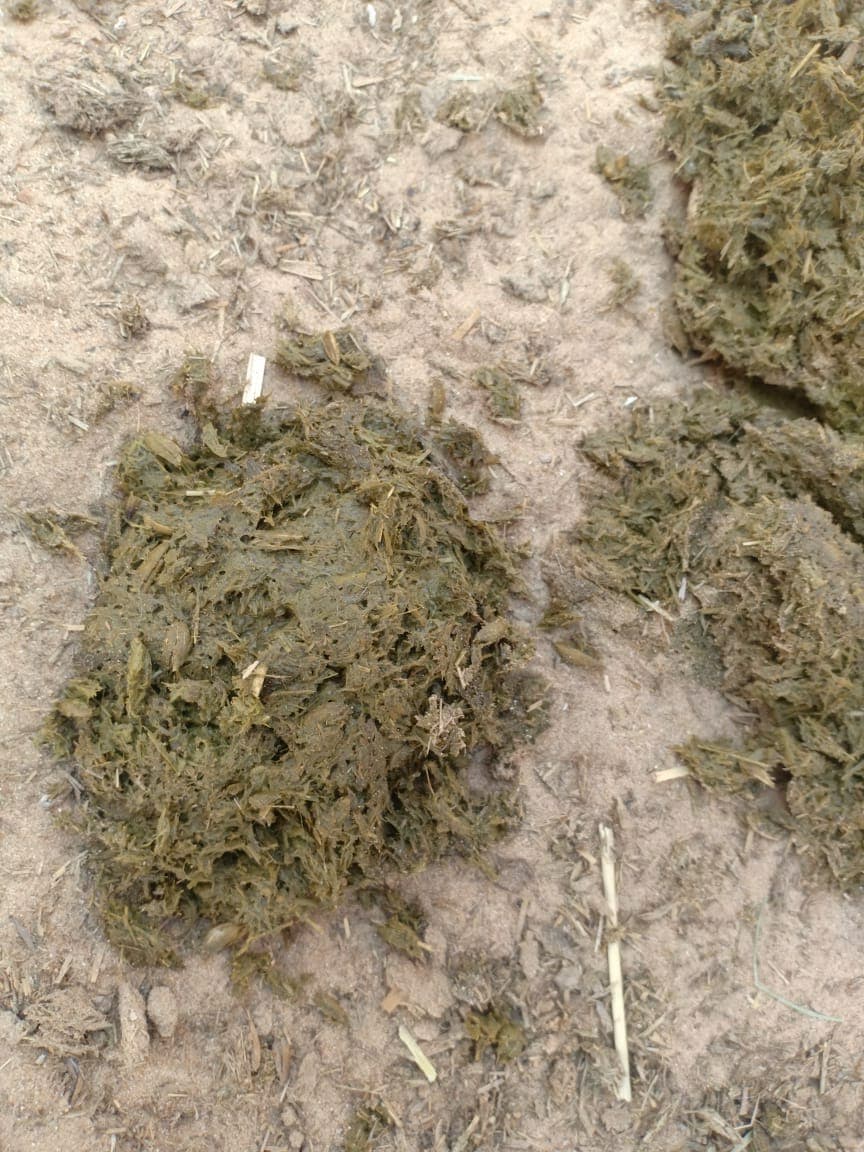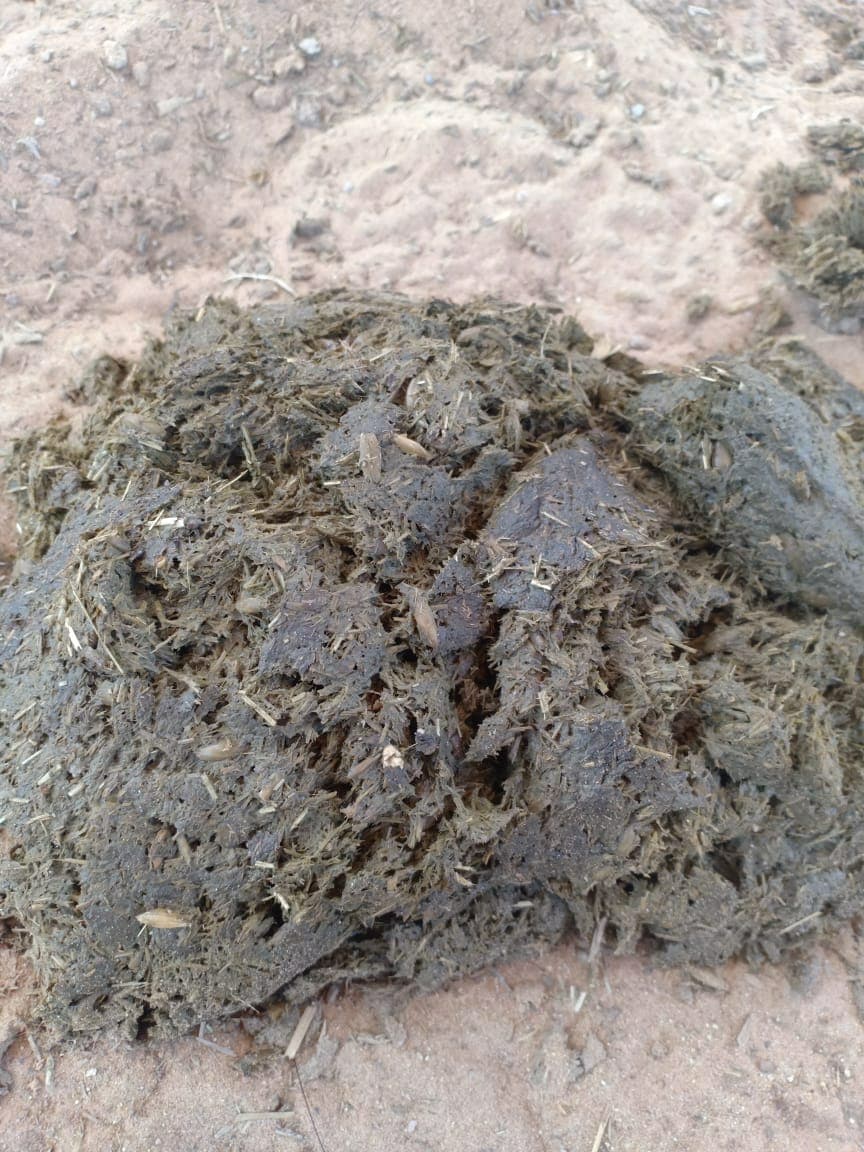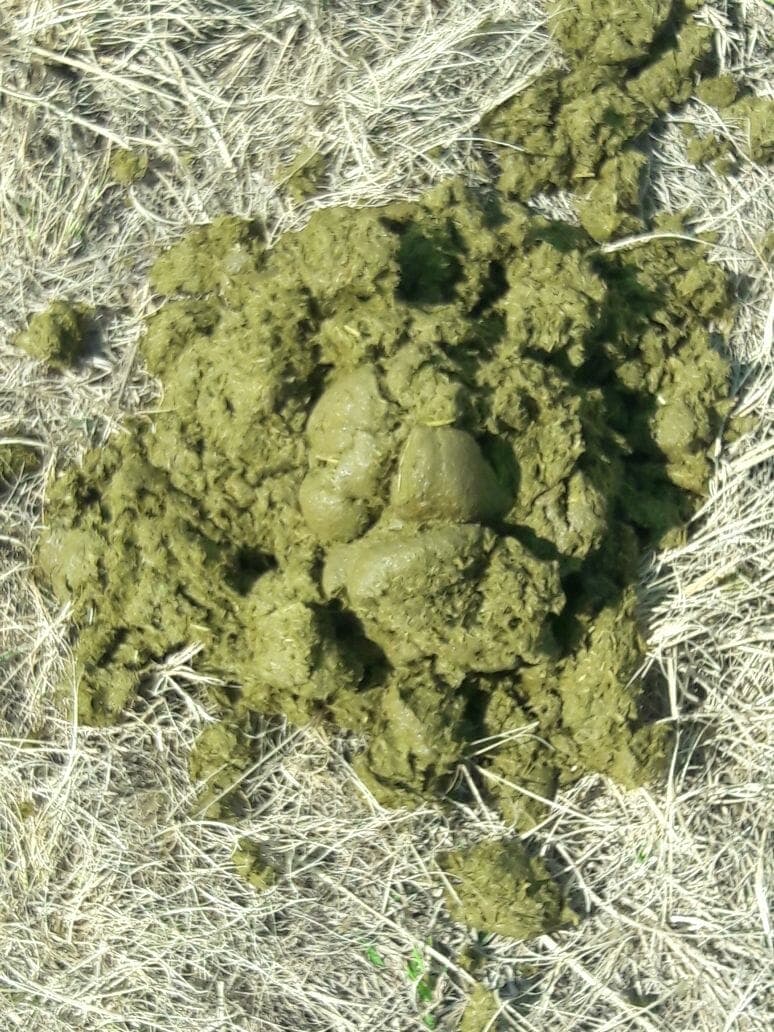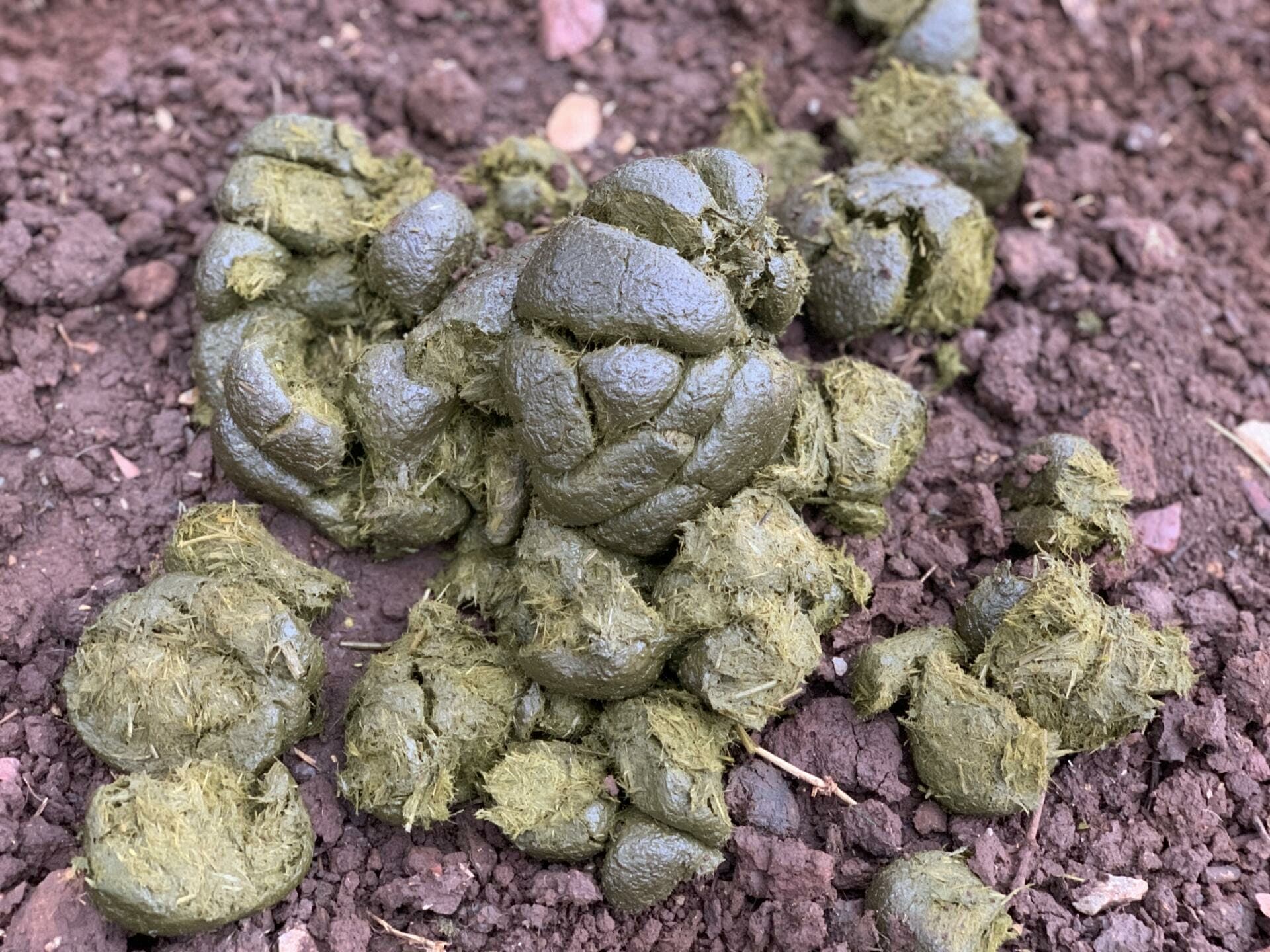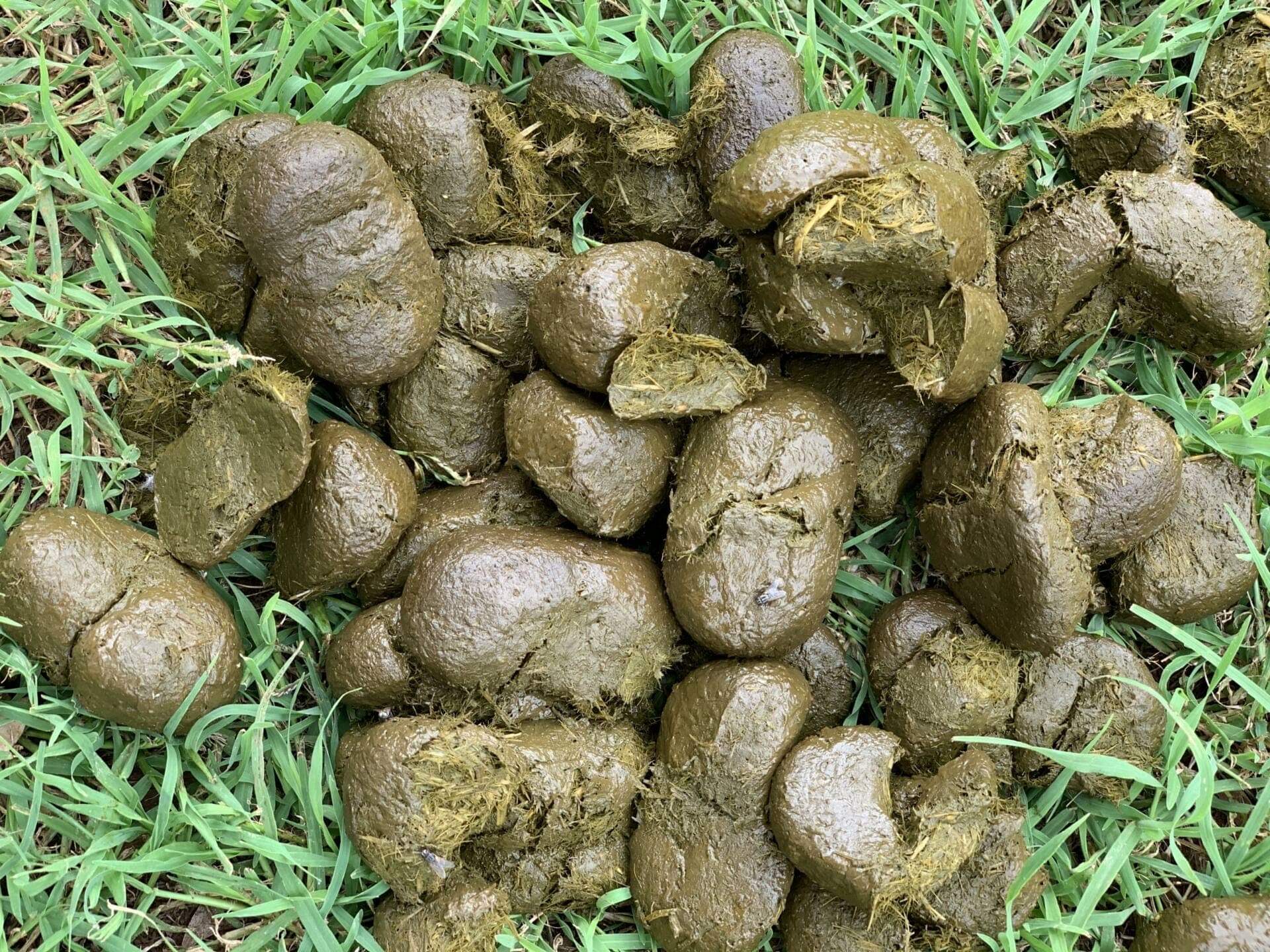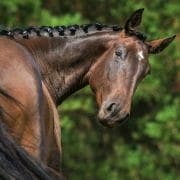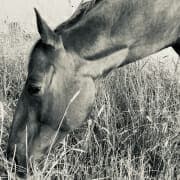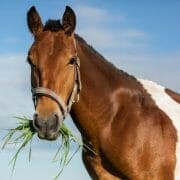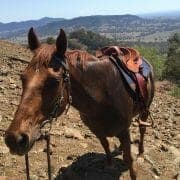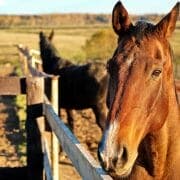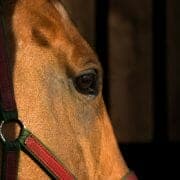Manure Score Chart: How to Quickly Check Your Horse’s Hindgut Health
While it’s maybe not the most refined subject, your horse’s manure can tell you a lot. How watery, soft, formed, unformed or hard it is can give you some insight into what is going on inside that gut!
One question that we get a lot is asking what to feed your horse if they have loose manure. Your horse’s manure is an insight to its gut health, so if your horse has loose, watery manure or diarrhea, that’s an indication that something is amiss. If your horse has loose manure, you should first speak with your veterinarian. Once any major problems have been ruled out, you can start to look at feeding and management changes that can help your horse have healthier manure. Sand or dirt accumulation can be one cause of diarrhea. If your horse is turned out or fed in a sandy or dirty area, you can follow our protocol on psyllium to help clear this from the gut. Click here to learn more about psyllium husks. Hindgut acidosis, often caused by feeding unprocessed grains like wheat, corn, or barley to horses, can be another cause of soft manure. Always feed cooked grains in small portions (no more than 1kg/meal for a 500 kg horse) and only feed grains when necessary. Another cause of loose manure is too little fiber in the diet. When there’s not enough effective (indigestible) fibre in the diet, there’s not enough fiber to hold onto water in the hindgut, which leads to soft manure. FeedXL can help you calculate how much fiber your horse is getting and how much it needs.
Use our quick check guide to assess your horse’s manure and see if it is telling you all is well… Or if there is something not right within the gut. Note that the color of the manure will change as what the horse is eating changes. So don’t be too distracted by colour, look instead at the form.
Score 1 – watery diarrhea
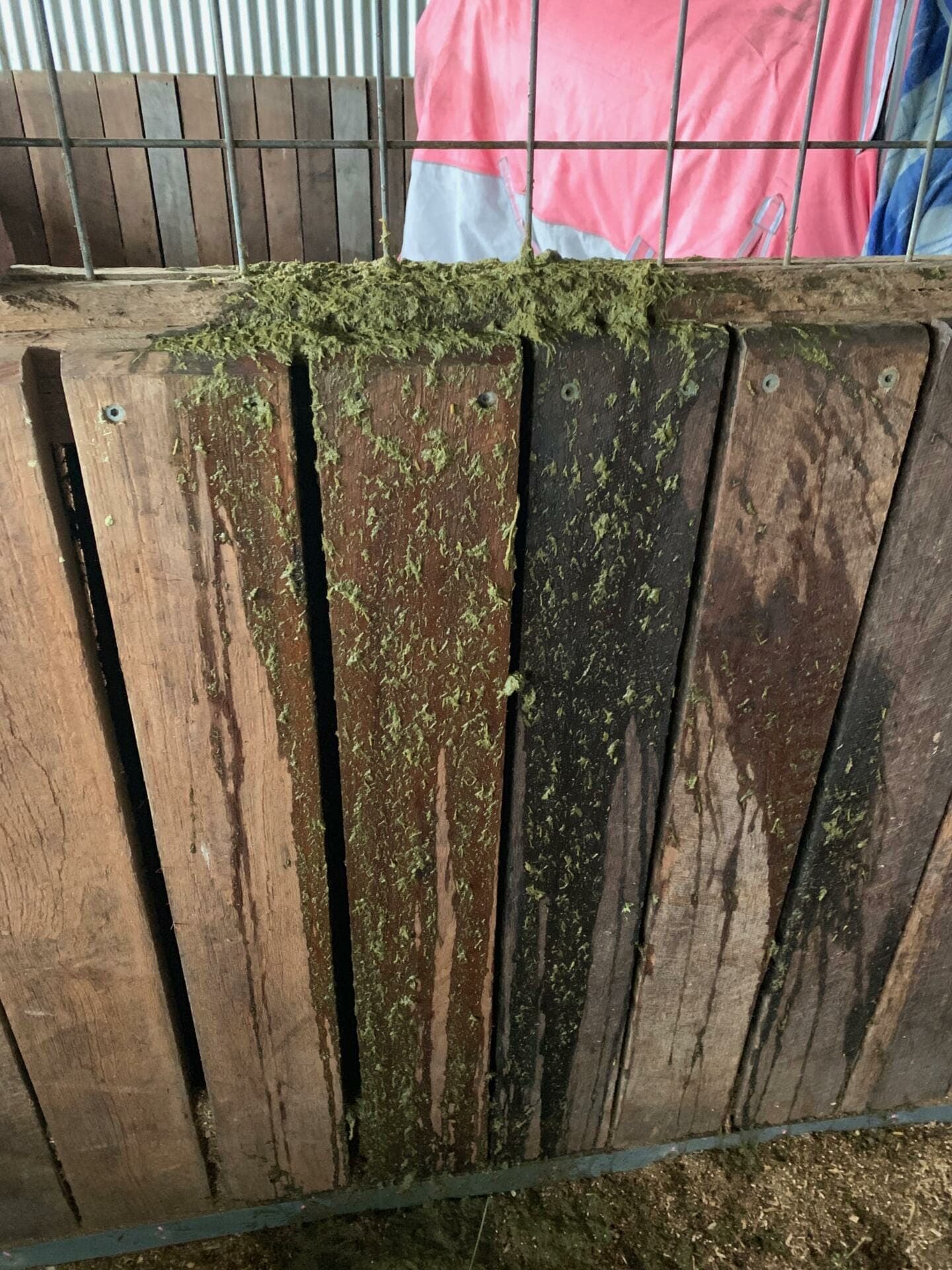
Is this normal?
Something is seriously wrong in your horse’s gut. You need to contact your veterinarian immediately!
What causes this?
There are many causes of watery diarrhea. Please work with your veterinarian to achieve a sound diagnosis
How to fix it:
Follow directions from your veterinarian.
Score 2 – diarrhea
Is this normal?
Not normal! Like watery diarrhea, there are many causes of diarrhea in horses. Please work with your veterinarian to isolate the cause.
What causes this?
You should work with your veterinarian to diagnose the cause of your horse’s diarrhea.
How to fix it:
Follow directions from your veterinarian.
Sand and dirt accumulation in the gut is a common cause of diarrhea in horses. If this is the diagnosis, you can follow our protocol for using psyllium to clear this from the gut. Click here to learn more about our psyllium husk protocol.
Score 3 – soft, unformed
Is this normal?
This is a not a normal consistency for horse manure and indicates that something is not right in the gut, particularly the hindgut. The ratio of water to fibre is too high in the manure.
What causes this?
There are many possible causes, including:
- hindgut acidosis. If your horse is being fed unprocessed grains like wheat, corn (maize) or barley, large amounts of starch will be fermented in the hindgut. Or your horse may have large amounts of fructan entering the hindgut from ryegrass or cereal (oat, wheat barley) forages. The fermenting starch and/or fructan upsets microbial balance and large amounts of acid accumulate. The acid damages the gut wall, good, fibre fermenting bacteria die and overall health is compromised. Soft manure is a common symptom. You may or may not see whole grains still present in the manure.
- sand or dirt accumulation. Sand/dirt irritates the gut wall. A common symptom is soft manure.
- too little fibre. When there is not enough effective (indigestible) fibre in the diet, there is not enough fibre to hold onto water in the hindgut, leading to soft manure.
- high moisture, low fibre pasture. Lush, young pasture is high in water and low in fibre. Horses will often have soft manure on these pastures due to the high water and low fibre intake. Horses may also eat bark, chew on fence posts or other objects to try and increase fibre intake.
How to fix it:
The solution here depends on the cause.
- hindgut acidosis, if grains must be fed, use only cooked grains. Feed grains in small meals (no more than 1 kg/meal for a 500 kg horse; 2lb/meal for an 1100 lb horse). Only use grains when absolutely necessary!
- sand or dirt, use psyllium husk to remove from the hindgut. Follow our protocol here.
- too little fibre, reassess your horse’s diet and make sure you are feeding a minimum of 1.5% of BW per day in quality forage, preferably as long stem hay, haylage or pasture. For optimum gut health, aim for 2% BW in forage per day.
- high moisture, low fibre pasture. If your horse is grazing lush pasture, provide free choice access to a high fibre hay to allow your horse to choose how much fibre to consume.
Score 4 – soft, formed
Is this normal?
This is a normal consistency for manure and indicates your horse is well hydrated and consuming sufficient fibre in the diet. This soft, formed consistency is normally seen when some green pasture is available daily.
Score 5 – firm, formed
Is this normal?
This is a normal consistency for manure and indicates your horse is well hydrated and consuming sufficient fibre in the diet. This firm, formed consistency is common when horses have access to hay or dry pasture.
Score 6 – hard, dry
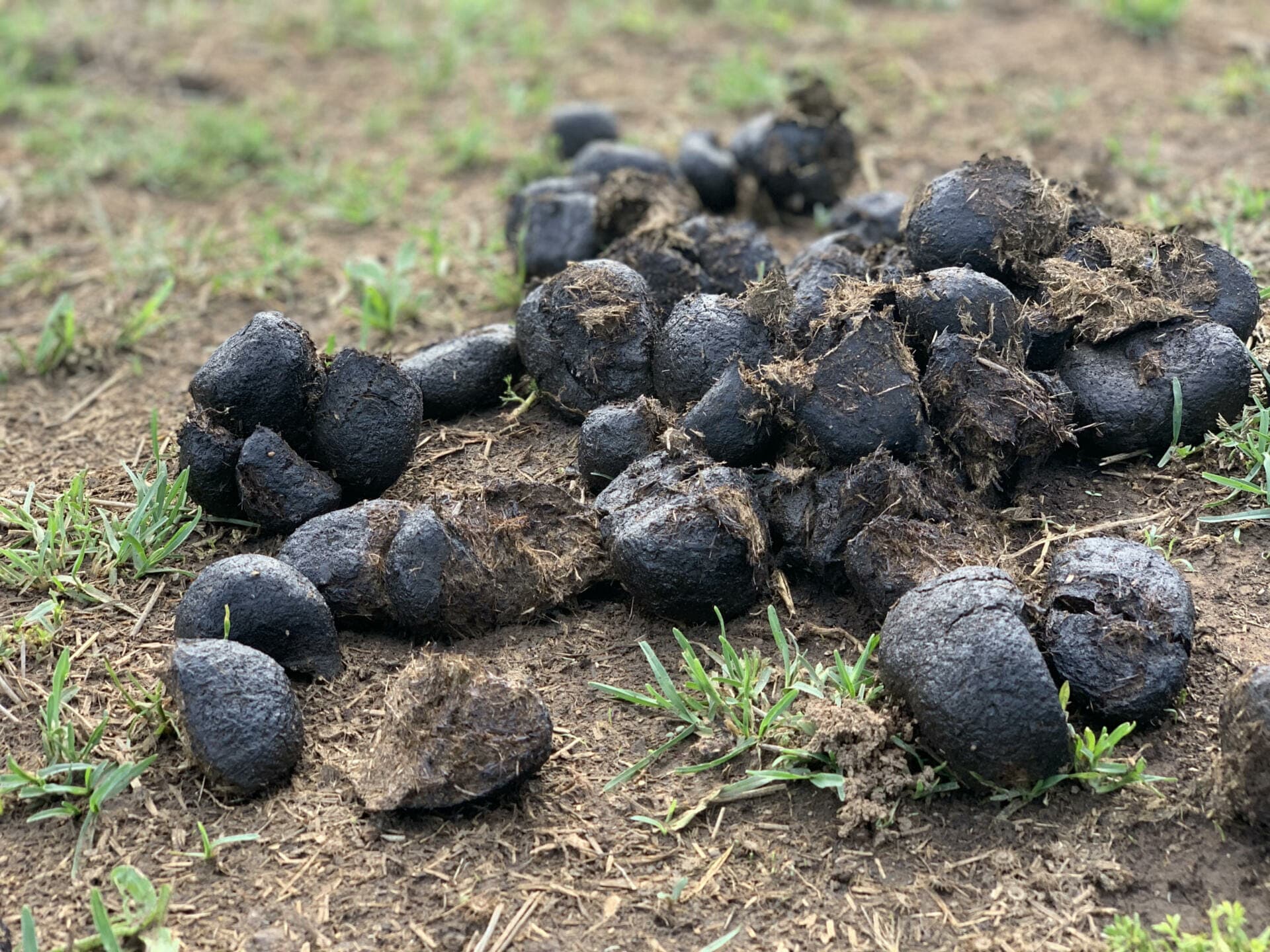
Is this normal?
This is a not a normal consistency for horse manure and indicates that this horses water intake is low and dehydration may be present. Or it indicates that indigestible fibre intake is too high.
What causes this?
Reduced water intake may be due to:
- water that is too cold
- dirty, unpalatable water
- unfamiliar water (common when traveling)
- electrolyte (particularly sodium) deficiency. When sodium levels drop in the blood horses reduce water intake.
- water placed in an area the horse does not feel safe drinking (e.g. at the back of a pasture or stall)
- stress/anxiety, common when competing or travelling
- excessive indigestible fibre intake may be seen when horses have access to straw or other similar mature forage like old, dry pasture as their major forage source.
How to fix it:
Increase water intake and reduce indigestible fibre intake.
Ways to do this are:
- use water warmers
- keep water so clean that you would drink it yourself
- take familiar water or a familiar flavour with you when traveling
- add more salt to your horses feed (use FeedXL to work out a sensible amount)
- place water in a place your horse feels safe
- keep your horse with a buddy who drinks well to reduce stress/anxiety
- feed limited amounts of straw or similar forage (limiting to 1% of bodyweight where hard manure is an issue). Use more digestible forage to provide the remainder of your horses required forage intake.
Ready to give your horse the best? Try FeedXL today!
Get EVEN MORE practical and personalised feeding guidance when you sign up to FEEDXL.
Do you have a question or comment? Do you need help with feeding?
We would love to welcome you to our FeedXL Horse Nutrition Facebook Group. Ask questions and have them answered by PhD and Masters qualified equine nutritionists and spend time with like-minded horse owners. It’s free!
Click here to join the FeedXL Horse Nutrition Facebook Group

